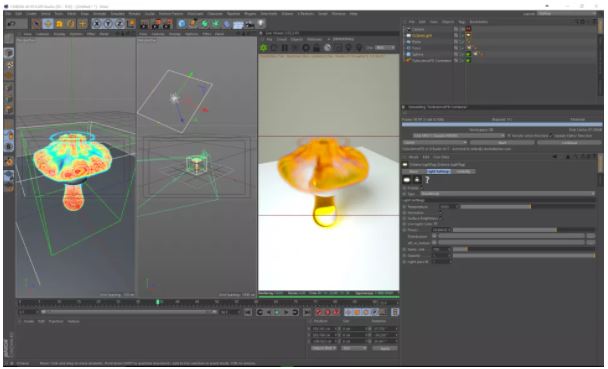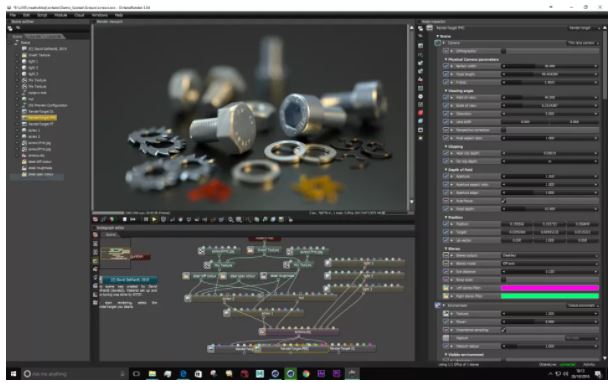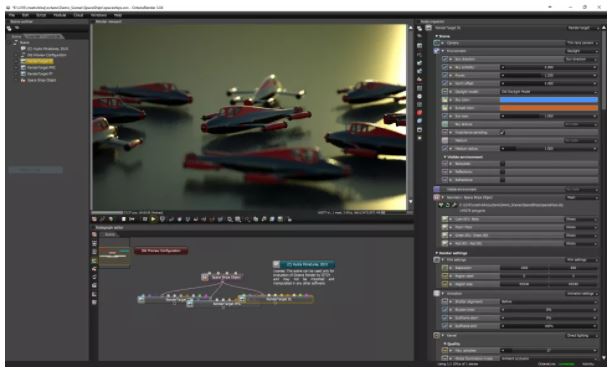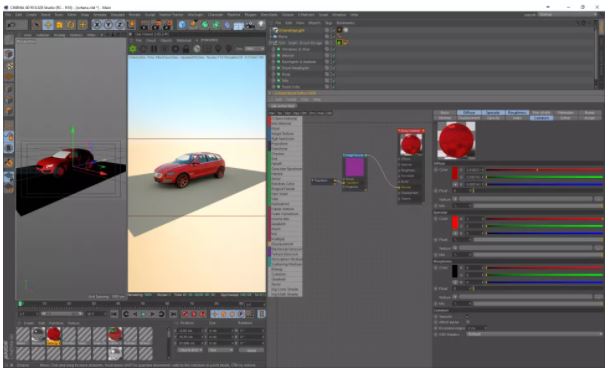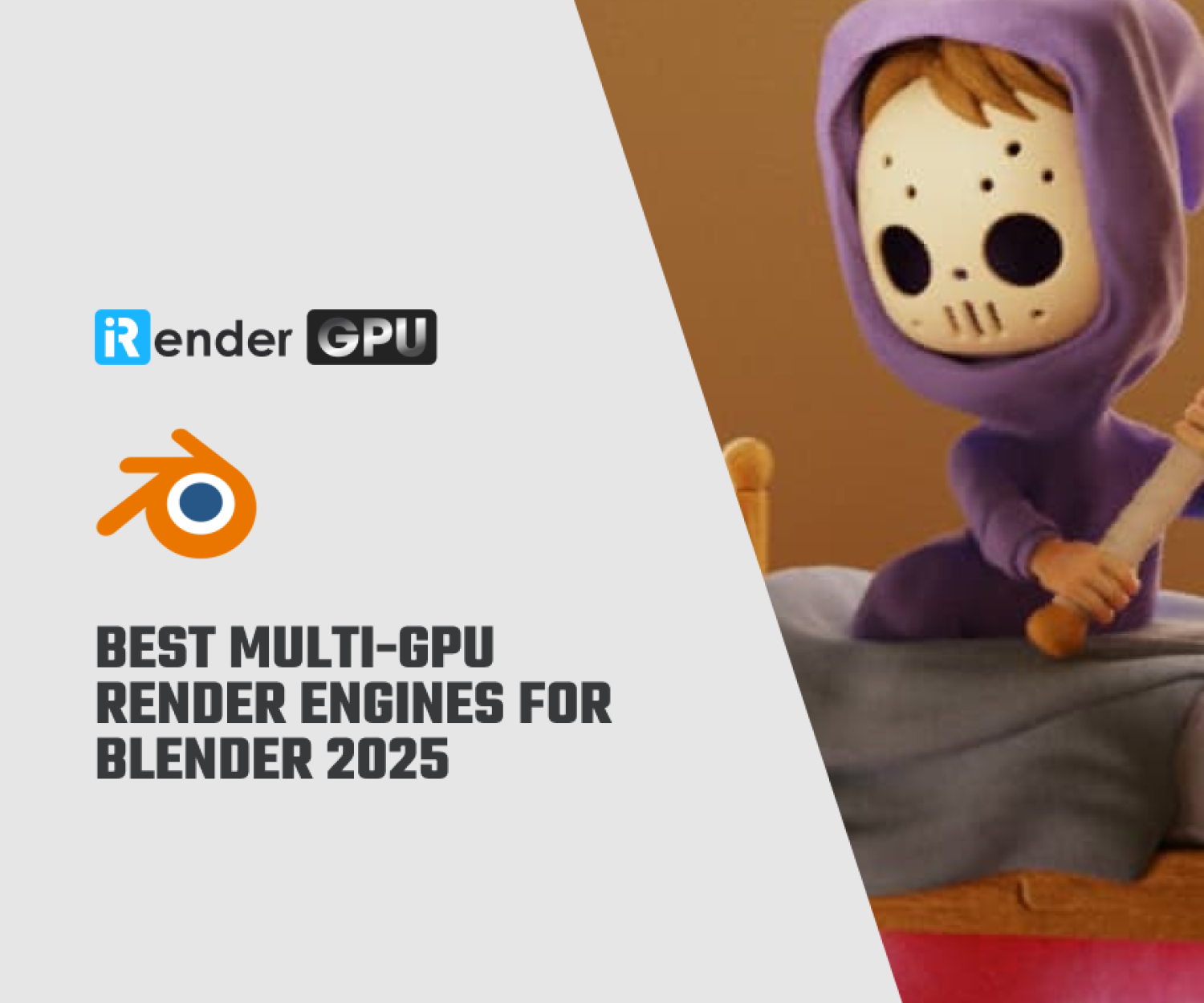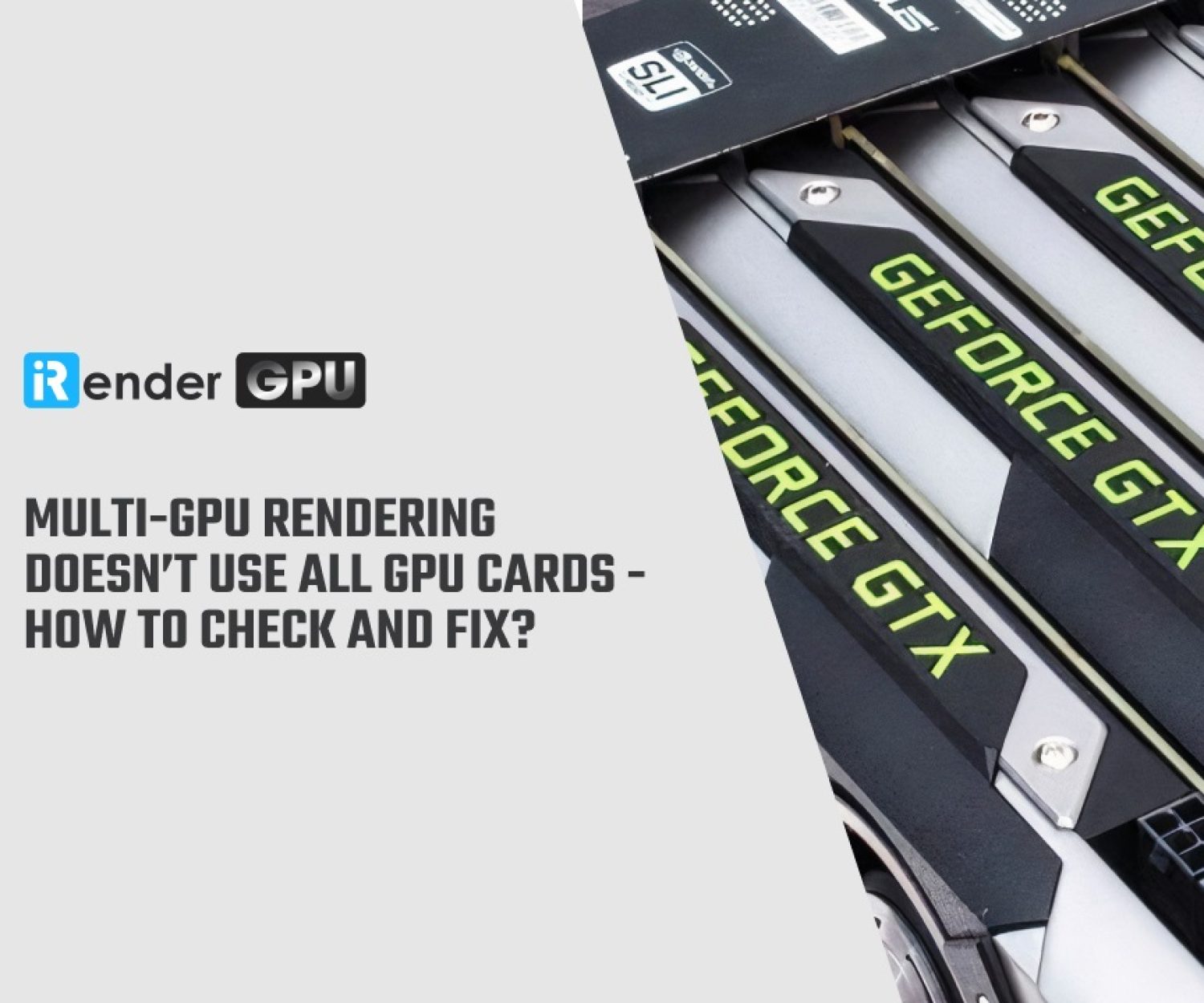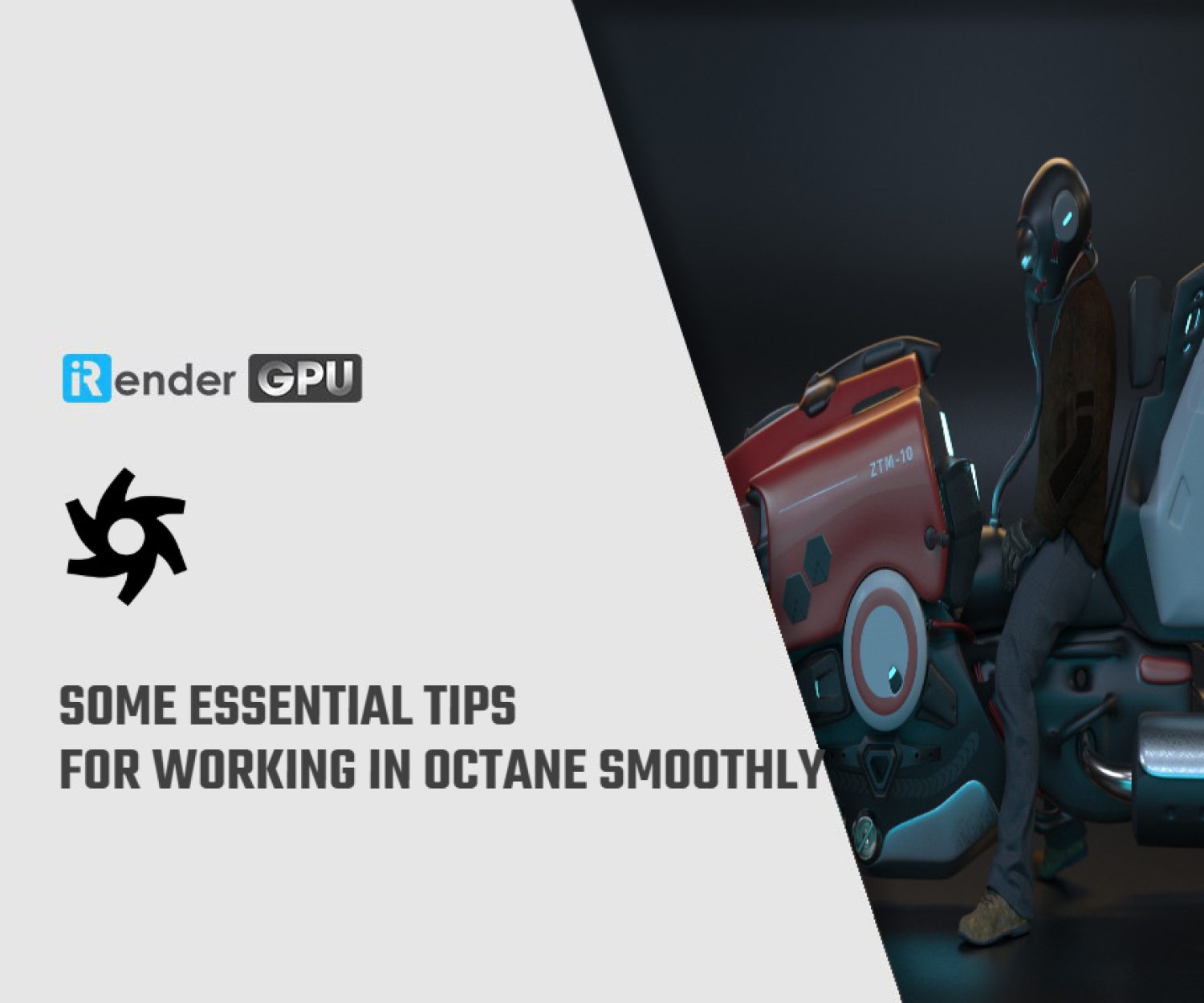Tips to faster rendering in Octane (part 2)
To continue some tips for faster rendering in Octane from Mike Griggs who is a Digital Content Creator with over two decades of experience creating Mograph, VFX and CGI. Let’s explore remain tips with iRender blog here:
06. Volumetric powerhouse
Octane can now support volumetric systems like gas, and fire with full emissive and shadow capabilities. This is game changing when combined with tools like Turbulence FD for Cinema 4D. As both of these plugins are GPU-based, they are blisteringly quick allowing many more iterations of sim and render all within one PC.
07. Explore all of the Kernels
Don’t assume that the three different Kernels in Octane equate to fast, pretty fast and slow. Direct Lighting is my go to Kernel for animation, but it can create gotcha such as weird shadows. This is where I can explore PMC and Path Tracing, although on the surface both of these options seem slower, reducing the sample count can still create good results. They also both provide more realistic results, and offer extra features such as caustics.
08. Make the most of depth of field
Usually when using depth of field in CG Renders it sends the render times through the roof. This isn’t the case with Octane. At most, I have only ever seen an increase of 5-10% in render time by adding depth of field, but usually it’s a lot less and because its in the render, it carries through into compositing passes as well.
09. Use low samples for client preview
When working in animation, I try to use as few samples as I can when working, even for client preview work, as the great thing with Octane is that there are no tedious render buckets, just a complete iteration of the frame with each sample. There are various post tools such as Red Giant’s Denoiser which are great for cleaning up noise, and when the work is signed off, just increase the sample rate.
10. Use the Node Editor
Learning to use the node editor, whether it’s in the Octane Standalone app, or more importantly within the host application, can make scenes much more efficient. This is especially true in Cinema 4D where the lack of a true nodal material system is a real hindrance. Also it makes it easier when working with Octane in different applications as the node structures are then consistent across your work.
As I said in the previous post, you should give iRender’s service a try to understand our service clearly. We always want to approach and support a part of creative projects of amazing artists. If you are one of them, please contact me and register via this link to experience.
Nguồn: Mike Griggs - Creative Bloq
Related Posts
The latest creative news from Octane Cloud Rendering.

